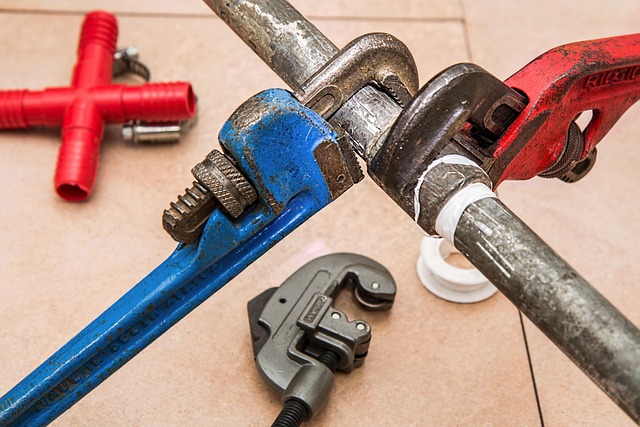DIY Guide to Wood Projects, Tools, Shelves, Furniture, Paint
Tackling do-it-yourself projects can be rewarding, cost-effective, and a great way to customize your living space. Whether you’re a complete beginner or have some experience, understanding materials, the right tools, and basic finishes will help you plan and complete safe, long-lasting projects. This guide focuses on practical advice for working with wood, choosing and using tools, building a simple shelf, repairing or upcycling furniture, and selecting paint and finishes that suit your project and environment.

Working with wood: what to know before you start
Choosing the right wood and preparing it properly are the first steps to a successful DIY project. Common options include softwoods (pine, fir) for low-cost shelving or framing and hardwoods (oak, maple) for visible furniture surfaces. Plywood and MDF offer stable, flat panels for shelves and painted furniture. Look at grain direction, moisture content, and whether you need kiln-dried lumber for stability. Sanding, planing, and sealing end grain help prevent splitting and uneven finish absorption. Always measure twice before cutting and account for joinery thickness (dado, rabbet, or simple butt joints) when calculating board lengths.
Essential tools for DIY projects and safe use
A compact set of reliable tools covers most home projects: a tape measure, combination square, hand saw or circular saw, drill/driver, clamps, chisels, and a sander. For furniture or more precise joinery, consider a router and a jigsaw. Invest in quality blades and drill bits; they affect cut quality and safety. Personal protective equipment—safety glasses, hearing protection, a dust mask or respirator, and gloves—is essential. If you don’t want to buy larger power tools, many local services and tool rental shops let you rent by the day. Proper maintenance—cleaning, sharpening, and storing tools—extends life and improves results.
Building a simple shelf: step-by-step basics
A basic wall shelf can be completed in a few hours with minimal tools. Start by deciding load capacity and dimensions, then choose material—solid wood for appearance or plywood for stability and paintability. Cut the shelf to length, sand edges, and prepare wall support: either hidden cleats, floating brackets, or visible metal brackets. Use a level and stud finder for secure mounting; toggle anchors can work on plaster or drywall where studs aren’t available. Assemble with wood glue and screws or pocket holes for stronger joints. Finish by filling screw holes, sanding smooth, and applying stain or paint to match your space.
Repairing and upcycling furniture at home
Evaluating a piece before repair saves time: check frame integrity, loose joints, damaged veneers, and hardware condition. Tighten loose screws, re-glue loose joints using clamps and appropriate wood glue, and replace worn casters or hinges when necessary. For veneer repairs, apply contact cement or hide glue, use a veneer patch, and sand carefully. Upcycling can include repainting, adding trim, or changing hardware to modernize a piece—strip finishes if needed, then sand, prime, and refinish. When working on structural repairs, test stability at each step; if significant structural issues exist, consult local services or a professional carpenter.
Choosing and applying paint for lasting results
Selecting the right paint and preparation method makes a big difference in durability and appearance. For wood furniture and shelves, choose between water-based (acrylic/latex) paints for faster drying and easier cleanup, or oil-based paints for a hard, durable finish in high-wear areas. Primer is important on bare wood, MDF, or previously dark finishes to ensure adhesion and true color. Sand between coats for a smooth result, and use the appropriate brush or foam roller to minimize brush marks. For outdoor or moisture-prone projects, use exterior-grade primers and paints and consider a clear protective topcoat. Work in a well-ventilated area and follow manufacturer drying times.
Conclusion
DIY projects that involve wood, tools, shelves, furniture, and paint reward careful planning and respect for materials and safety. Start with small, well-defined projects to build skills in measuring, cutting, joining, and finishing. Maintain your tools, choose materials suited to the project’s function, and follow proper surface preparation and paint application techniques for results that last. With consistent practice, patience, and attention to detail, many useful and attractive home improvements are achievable without professional help.






